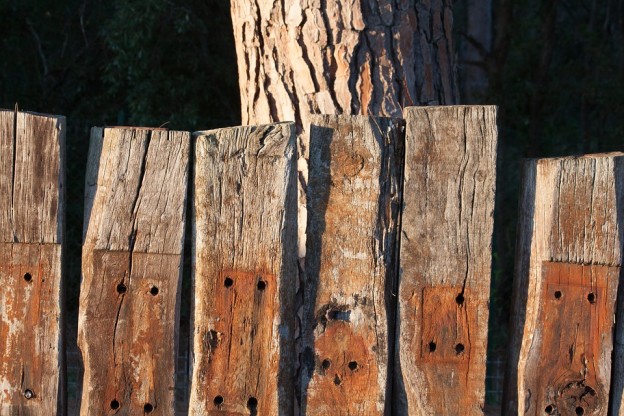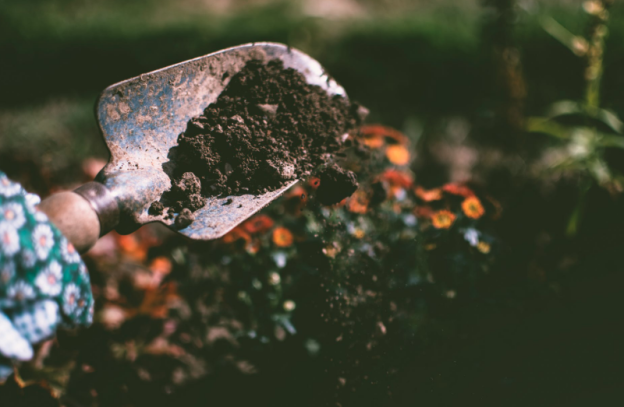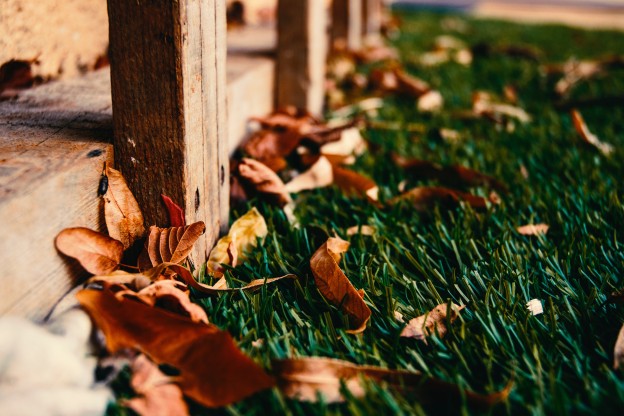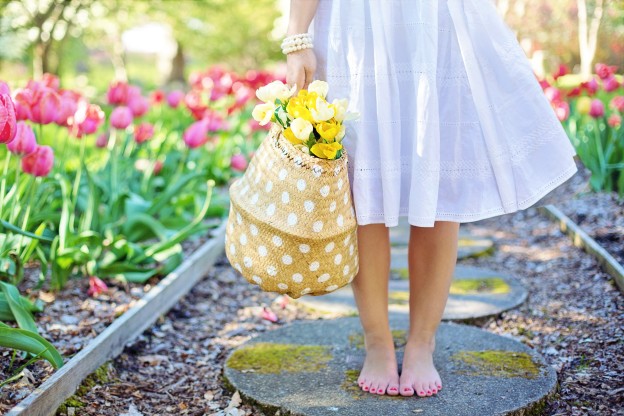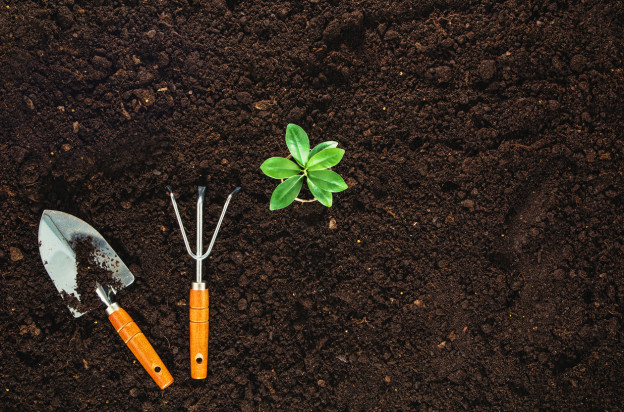If you are looking to revamp your garden in time for spring, one of the easiest and most transformative ways to do so is by thinking about how you can neaten up your current space, create new areas for seating and planting and get it looking great in time for the warmer weather.
Railway sleepers are a fantastic and cost-effective way to create a brand new look for your outside area and work well in gardens of any shape or size.
What are railway sleepers?
Railway sleepers are used to help support the bottom rails in train tracks making sure they remain correctly spaced as well as providing support so that they stay upright. When railroad tracks were first laid railway sleepers were all made from wood, though now concrete is often used instead.
Of course, you aren’t planning to lay a railway track in your garden, so what are they used for here? Because of their shape and structure, railway sleepers are perfect to use in the garden to help landscape the space. Wooden railway sleepers can give your garden a sleek, designer look, without extensive effort or expense.
How can you use wooden railway sleepers in the garden?
Railway sleepers have many great uses. Here are some ideas of how you could use them to create features and separate areas in your outdoor space.
Raised flower beds
Using sleepers to create raised flower beds can give it a different dimension and add interesting shapes and beautiful colours too. For a more unique look, mix more weathered sleepers with newer ones to create contrast and exciting lines.
Retaining walls
If you have an area you want to separate, you could use railway sleepers to create a retaining wall to fence it off while also adding texture. So if you have a pool area or a dining or BBQ area, you can terrace your garden with railway sleepers and create different spaces for socialising and entertaining.
Garden pathways
If you want to create smart edges around your garden path, railway sleepers are the ideal material to give a more defined look. If you don’t have a garden path yet, you could create the outline using railway sleepers and fill in with gravel or bark. Larger sleepers could also be used to create the path itself using them as “stepping stones” to lead to a different area of your garden.
Feature steps, furniture, and seating areas
Wooden railway sleepers can also use used to create steps up to (or down from) raised areas of your garden. Similarly, railway sleepers can be used to create different seating areas in your garden too. Railways sleepers can be a great material to build simple wooden garden furniture such as tables and benches. You can even use railway sleepers to create eye-catching design elements such as a water feature complete with lush plants and pond ornaments, or even fish!
Decking & patios
Railway sleepers can also be used as an alternative to traditional decking boards. Sleepers offer a more rustic and arresting effect which can complement the plants and flowers growing in your garden.
Buying railway sleepers
There are lots of different options to choose from, and you may have to do your research to decide which type will look best in your garden, depending on your project and what kind of look you are going for. Aged wood can look more natural and blend seamlessly into your current garden design, or you could choose original reclaimed sleepers which will be treated to give them a longer lifespan. Newer varieties come in hardwood and softwood and a variety of different shapes and sizes. Hardwood sleepers tend to be better for building patios and retaining walls as they can withstand higher forces and footfall. Softwood sleepers are easier to manipulate.
Making the most of your railway sleepers
Should you decide to use railway sleepers in your garden, it’s a good idea to choose wisely as if the wood is in regular contact with moisture it may not last as long. Similarly, if you have to cut the wood to create certain features, the untreated core may then be more susceptible to damage. Treating timber can help to preserve the wood and extend its longevity.
Using railway sleepers in your garden is a great way to refresh the space, and there are lots of different ways this material can be utilised to significant effect. So if you are hoping to make your garden look fabulous in time for spring why not get planning and use railway sleepers to enhance your outside space?
At Bury Hill, we provide not only quality railway sleepers but also a range of soils, seeds and decorative stones to help gardeners create beautiful green spaces. If you have any questions or need any advice about your gardening project, give our friendly team a call on 01306877540 today!

